Creating a wildlife-attracting garden in Zone 13 is an excellent way to bring nature to your doorstep while promoting a healthier ecosystem.
By purposefully choosing native plants and designing your garden with wildlife in mind, you can create a beautiful, sustainable, and thriving habitat for a variety of beneficial creatures, including birds, butterflies, and pollinators.

To get started, it's important to familiarize yourself with the native plants that are well-suited for your region.
These plants will not only be easier to grow and maintain, but they will also provide a more authentic and welcoming environment for local wildlife.
In addition, incorporating various layers into your garden – such as trees, shrubs, and groundcovers – will create a diverse landscape that attracts a wider range of species.
When planning your wildlife-friendly garden, keep in mind that providing food, water, and shelter sources is essential to entice and support various species of wildlife.
This can be done by planting a mix of flowering plants for pollinators, berry-producing shrubs for birds, and host plants for caterpillars.
Incorporating water sources such as birdbaths or ponds is also key to establishing a well-rounded and inviting habitat for wildlife.
Assessing the Current Garden Landscape
Before moving forward with creating a wildlife-attracting garden in Zone 13, it's essential to assess your current landscape.
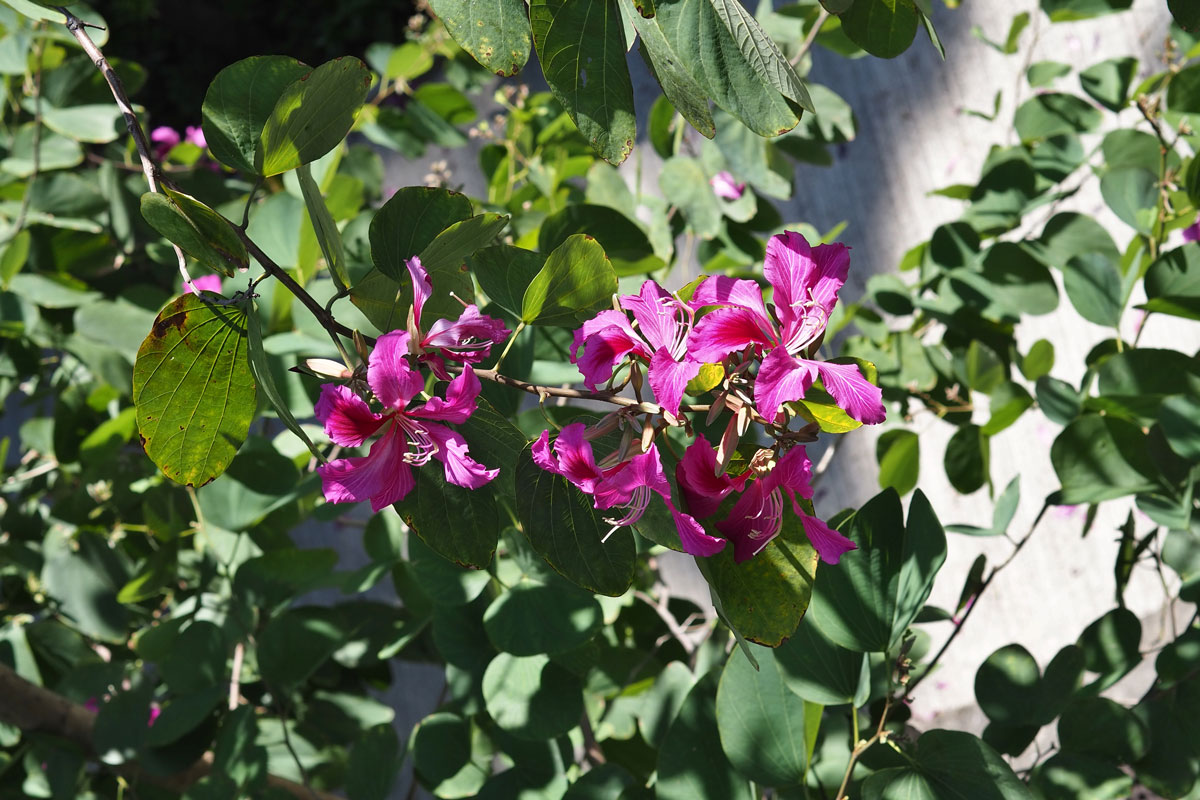
Plant Varieties
Keep an eye out for native plants in your region, as they generally provide better food and cover for local wildlife.
Make a list of the native plants you already have, and consider adding more that can offer a variety of food sources, such as fruit, nuts, seeds, and nectar.
Next, examine the structure of your landscape. A diverse garden layout with layers of vegetation can provide different nesting and hiding spots, attracting a wider range of wildlife.
Pay attention to the following key elements:
- Canopy: Tall trees provide shelter and nesting opportunities for various bird species.
- Understory: Smaller trees and large shrubs offer additional cover and food sources.
- Ground layer: Low-growing plants and groundcovers create shelter and foraging sites.
Water Availability
Many species are drawn to water sources such as ponds, birdbaths, or small fountains.
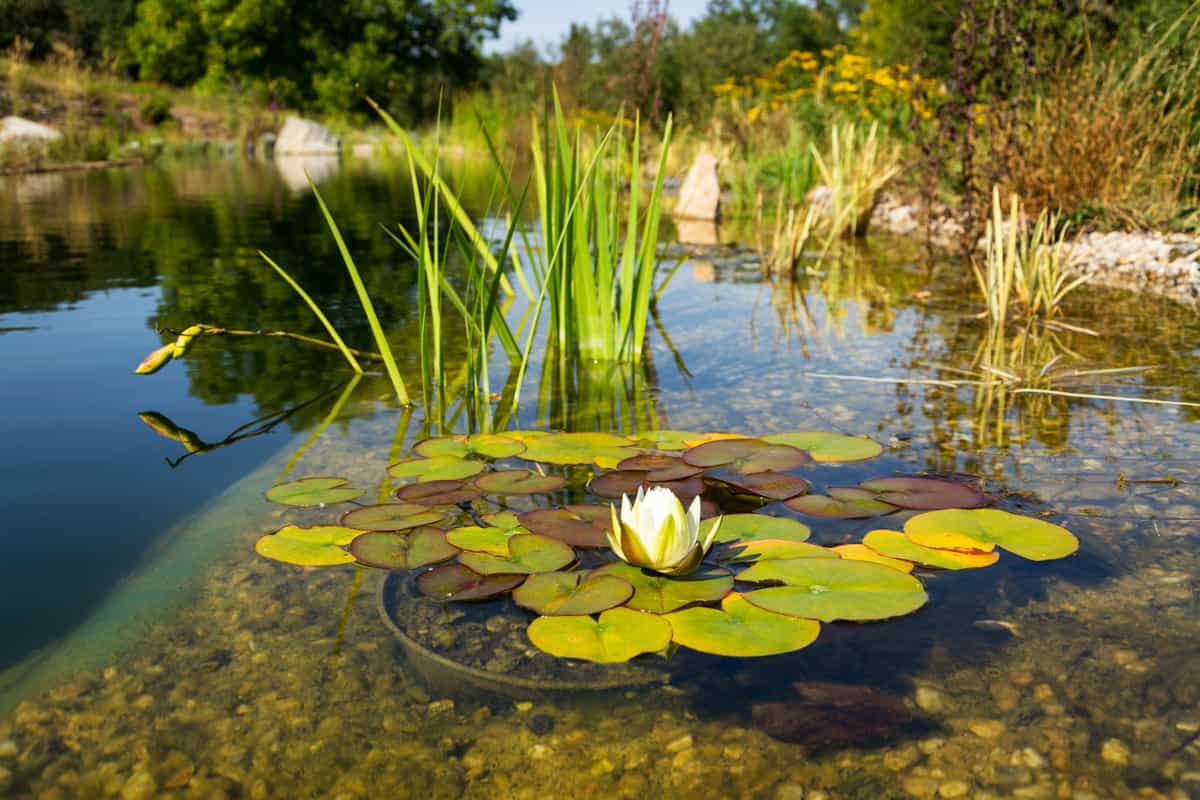
If your landscape doesn't currently have a water source, think about incorporating one to make your garden more attractive to wildlife.
Lastly, look for any potential hazards or deterrents. Examine your yard for areas where chemical use, outdoor lighting, or other factors may negatively impact wildlife.
Understanding Zone 13 Climate
Zone 13 is known for its hot and arid climate, with very mild winters and extremely hot summers.
In this region, the average minimum winter temperature ranges between 60°F and 70°F, while the summer temperatures can exceed 100°F.
Water conservation is crucial in Zone 13 since the area often experiences prolonged droughts.
Choosing Native Plants
Creating a wildlife-attracting garden in Zone 13 can be a rewarding experience, both for you and the local wildlife. One key aspect to consider is the selection of native plants.
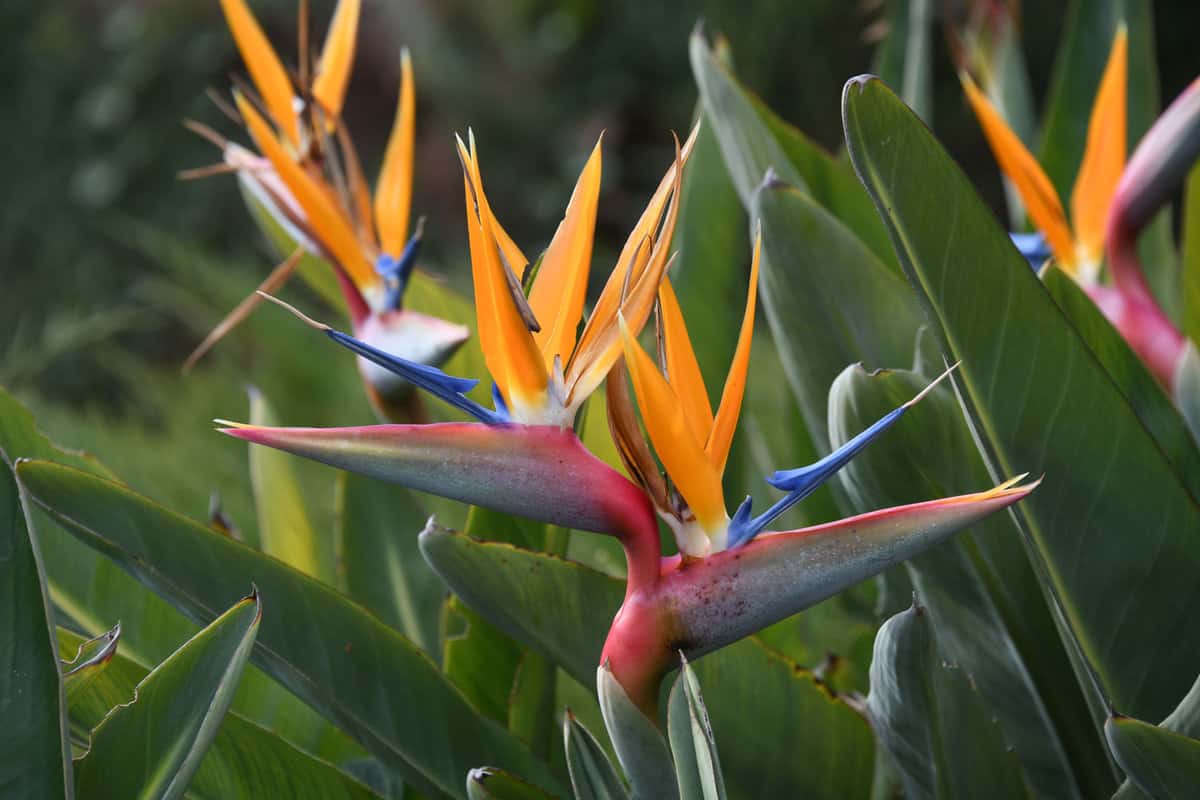
Native plants are well-adapted to your region's climate and can provide the appropriate food and shelter needed by local wildlife.
Flowering Plants
When choosing native flowering plants, you'll want to consider species that attract pollinators and provide nectar and seeds for birds and other wildlife.
Some native flowering plants for Zone 13 you might consider include:
- Prairie Smoke (Geum triflorum), which is a prairie native that grows well with other plants such as Stiff Goldenrod and Birdfoot Violet
- Downy Phlox (Phlox pilosa), an attractive native plant that provides nectar for pollinators and adds colorful blooms to your garden
Consider planting a mix of native flowering plants that bloom at different times throughout the season to provide a continuous food source for wildlife.
Trees and Shrubs
Trees and shrubs not only add visual interest to your garden but also serve as important habitats for various wildlife species.
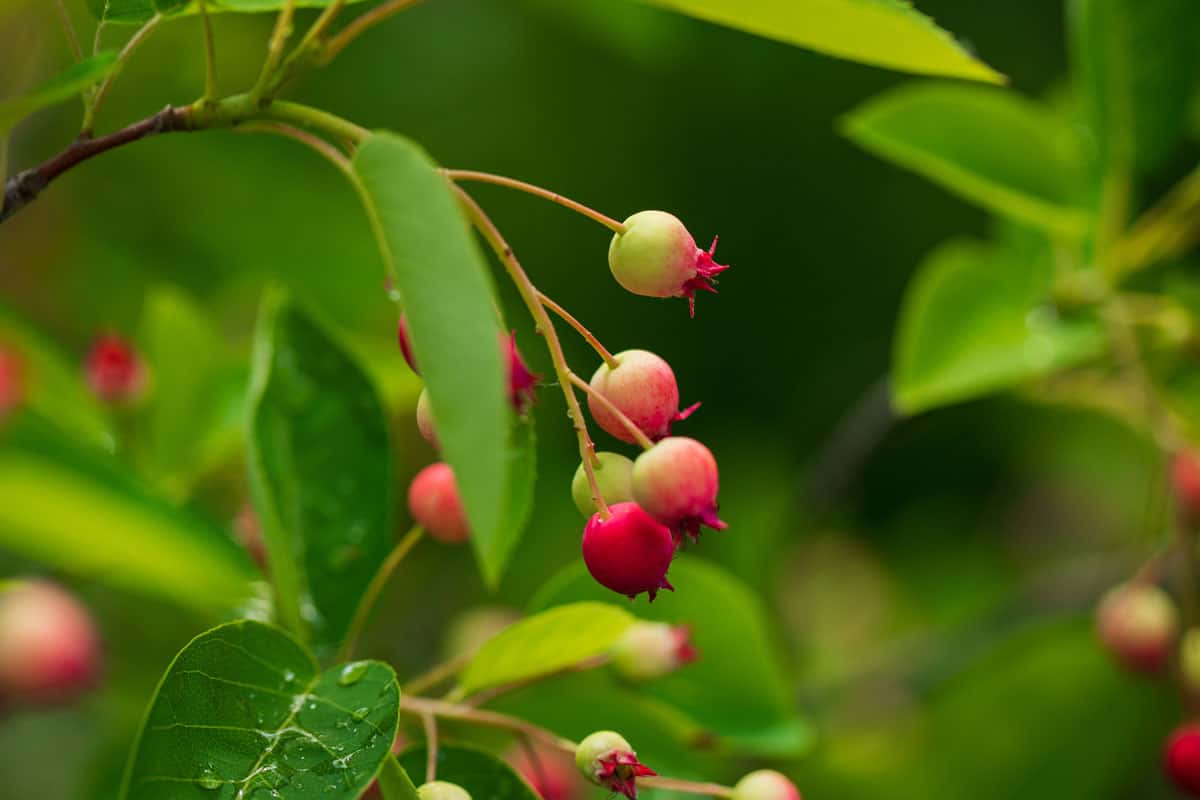
Focus on selecting native tree and shrub species that provide fruit or nuts for birds and other wildlife. Some native trees and shrubs for Zone 13 include:
- Serviceberry (Amelanchier spp.), a small native tree that produces edible berries for wildlife and features lovely spring blossoms
- Wild Plum (Prunus americana), a native shrub providing nectar for pollinators and edible fruit for birds
Don't forget to also provide evergreen trees and shrubs, as they offer shelter and nesting sites for birds year-round.
Groundcover Plants
Groundcover plants can help reduce soil erosion, capture moisture, and provide important cover for small mammals and insects.
Some native groundcover plants for Zone 13 are:
- Prairie Dropseed (Sporobolus heterolepis), a native grass that grows well in combination with other native plants and provides habitat for small mammals and insects
- Birdfoot Violet (Viola pedata), a low-growing native violet that produces lovely flowers and works well as a ground cover
Remember, when creating a wildlife-attracting garden, it's essential to avoid using pesticides and herbicides, as they can harm the pollinators and wildlife you're trying to support.
Additionally, consider incorporating drought-tolerant native plants in your garden.
These plants typically require less water and can thrive in the hot and arid climate, ensuring that your garden remains lush and inviting to local wildlife.
Also consider their ability to provide food and shelter for various species.
For example, fruit-bearing trees and shrubs can be a great addition, as they offer food for birds, insects, and other animals while also providing vital nesting sites and places to hide from predators.
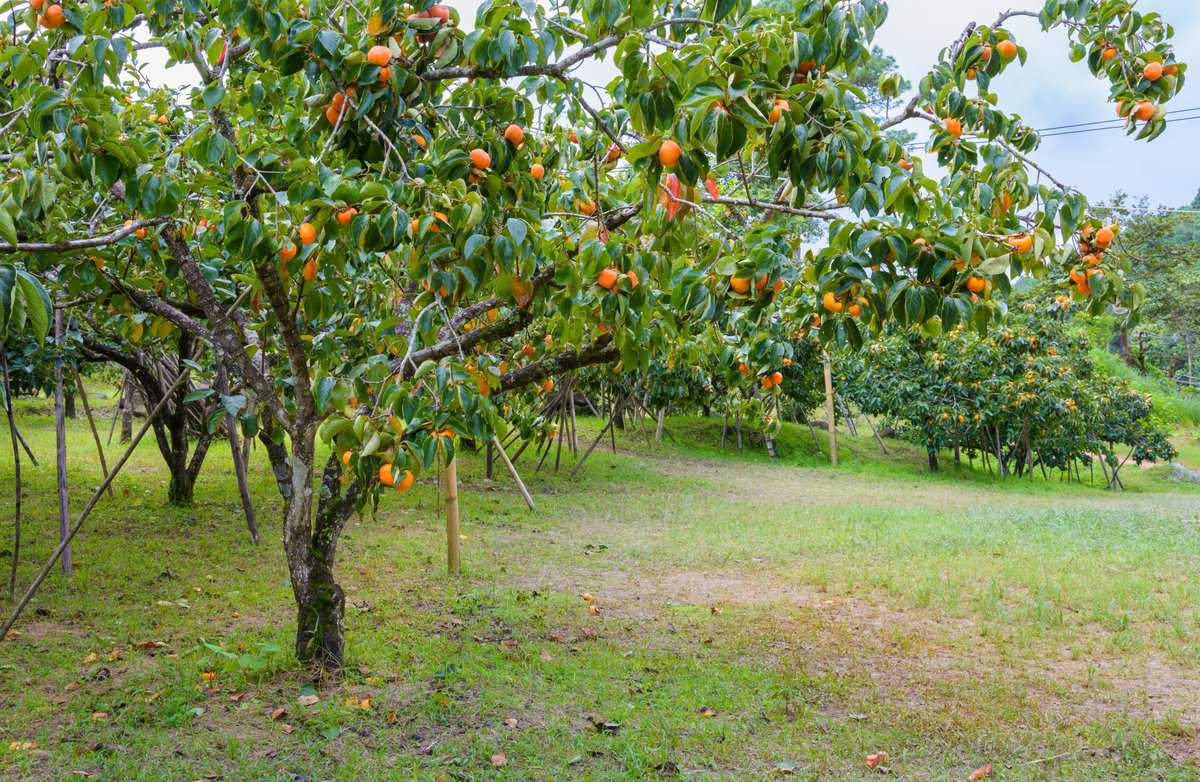
Make sure to select plants that flower or bear fruit at different times throughout the year, ensuring a consistent food supply for visiting wildlife.
Lastly, be mindful of the fact that some wildlife species in Zone 13 may be more heat-sensitive than those in cooler regions.
Create shady areas within your garden by including tall trees or installing structures such as pergolas or shade sails. These spaces will offer a much-needed respite from the sun's intense heat, helping to foster a thriving ecosystem within your garden.
Attracting Specific Wildlife
If you want to attract a more specific kind of wildlife in your area, here are a few strategies.
Butterflies and Bees
To attract butterflies and bees to your Zone 13 garden, consider planting a variety of native flowering plants that bloom at different times. This provides a continuous source of nectar for these important pollinators.
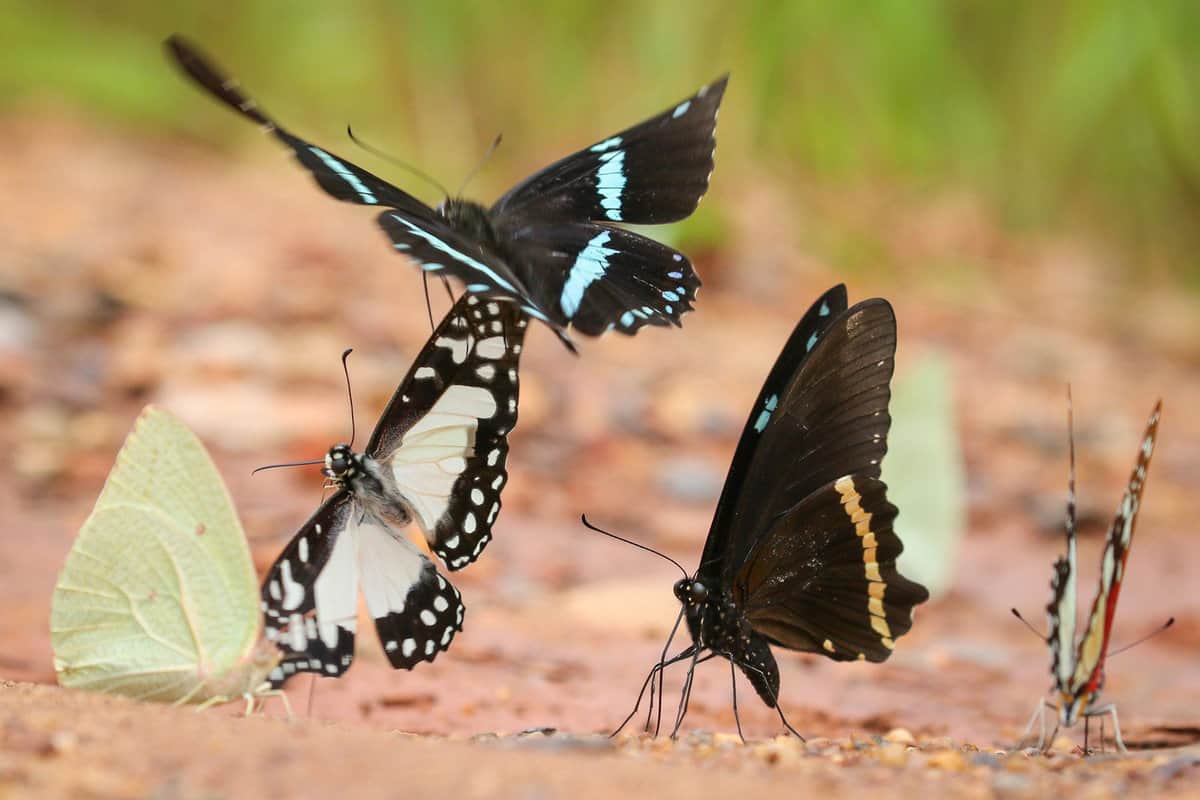
Some great choices for your garden include wildflower meadows or pollinator gardens.
Birds
Inviting birds to your garden not only adds beauty and activity but also helps with pest control.
To attract birds, create a diverse landscape with a mix of trees, shrubs, and vines that offer shelter, nesting sites, and food sources.
Remember to provide a clean water source, like a birdbath or a shallow pond, for drinking and bathing.
Beneficial Insects
Encouraging beneficial insects in your garden can improve your plants' health and reduce the need for chemical pest control.
To attract these helpful creatures, plant a variety of native flowering plants that attract insects such as ladybugs, lacewings, and ground beetles.
Leaving a border of your lawn unmowed or creating a small wildlife habitat can also provide shelter and food for these insects.
Creating Habitat Spaces
Here are some ideas on how to create habitat spaces with water features, hiding spots, and shelter.
Water Features
Water is essential for wildlife, and adding a water feature to your garden can attract various species. Consider incorporating a small pond, birdbath, or fountain.
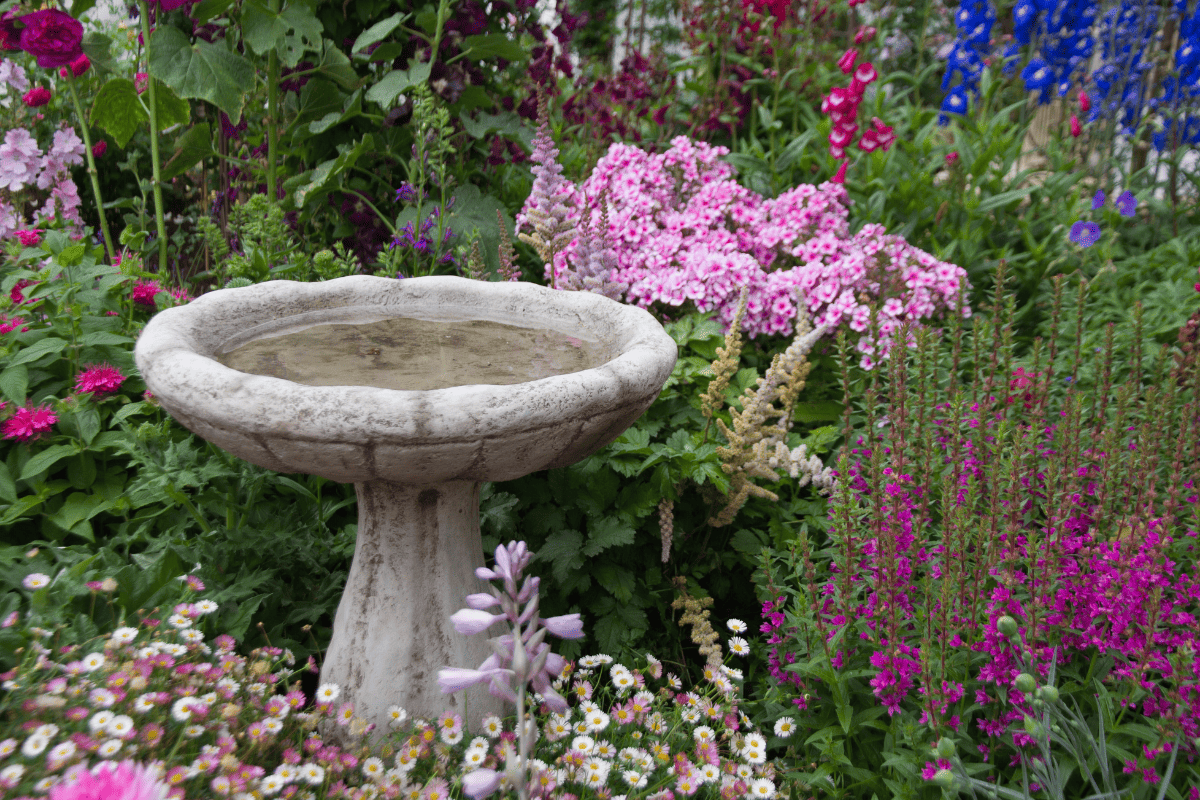
Ensure that the water is clean and accessible to birds, insects, and small mammals.
You can also add plants around the water feature to provide food sources and hiding spots.
Hiding Spots
Providing hiding spots in your garden helps wildlife feel secure and encourages them to stay. Plant dense shrubs, tall grasses, and ground cover plants that create natural hiding places.
Additionally, you can create brush piles from branches or leaves, offering a safe refuge for small animals.
Shelter
Shelter is crucial for wildlife, providing protection from predators and harsh weather.
Create nesting boxes and birdhouses for birds and bats or construct a hedgehog house for small mammals.
Plant trees and shrubs that offer shelter to a variety of species, such as evergreens, which can provide year-round cover.
Supporting Mother Nature
As you begin to see the positive impact of your wildlife-attracting garden, don't forget to enjoy the beauty and tranquility it brings to your outdoor space.
It's a great way to connect with nature while supporting a diverse ecosystem.
Remember, every little step you take in your garden can significantly contribute to the well-being of the Earth and its inhabitants.
Happy gardening!
Need more help gardening in Zone 13? Check out these other articles:
The 17 Best Plants to Grow in Zone 13a (60 to 65 °F/15.6 to 18.3 °C)
The 17 Best Plants to Grow in Zone 13b (65 to 70 °F/18.3 to 21.1 °C)
